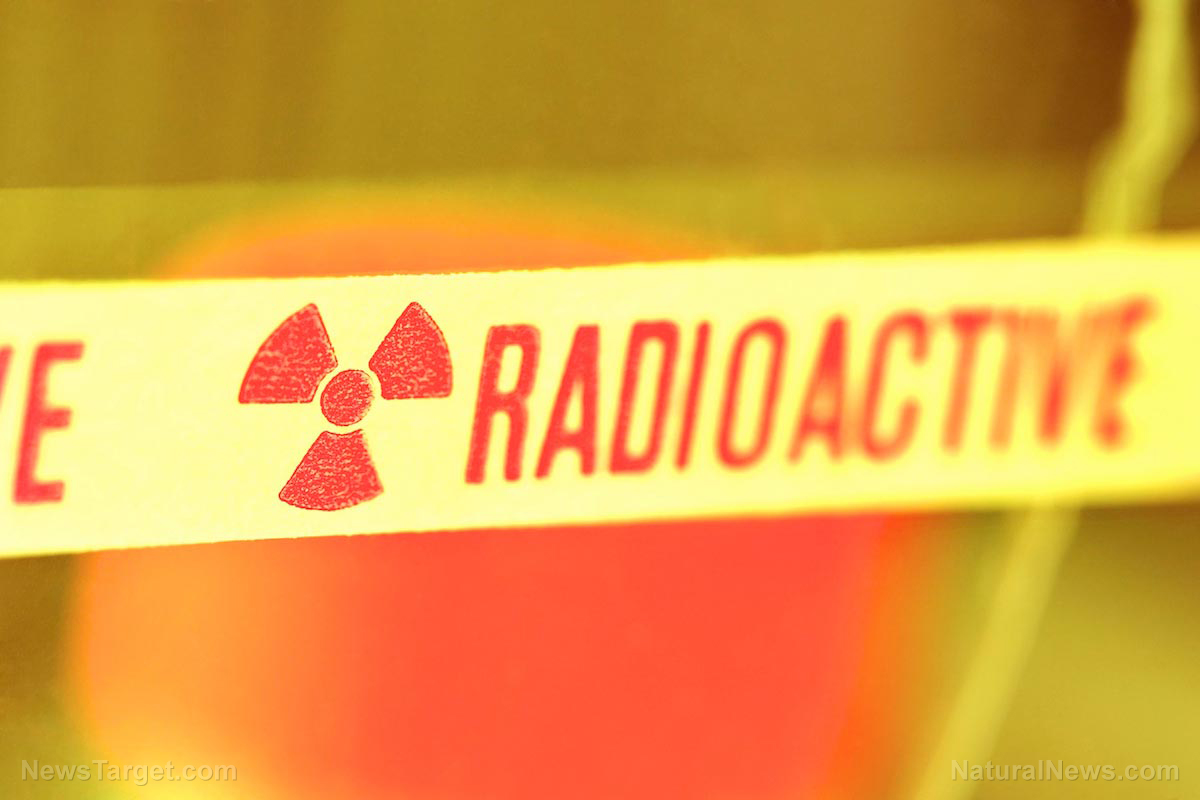
According to recent updates from the official Hanford website, more traces of radioactive contamination have been found outside of the plutonium plant itself, prompting officials to institute even structure requirements for any workers who might be leaving the so-called radiological control zone at the plant.
The newly found radioactive contamination mentioned in the update is said to be entirely separate from the specks that are believed to have spread during the open-air demolition that took place at the site after the collapse of one of its tunnels. And it's not part of the airborne contaminants detected in air samples since they began testing for them last year, either.
According to a report, the contamination might have been spread by just a single worker on the site. It is said that the worker, an instrument technician, managed to carry radioactive contamination through work boots that he put on at his office and later used to walk to a van that he drove all the way to the control area. It should be noted that the worker stopped to survey his clothing to see if it had any contamination on it before entering the control area, and that this is where he found out he had been carrying contaminants already -- all while being outside of the control area the entire time.
The report went on to state that the discovery of radioactive contamination resulted in a survey of the van, the path the worker took to the control area, and his office trailer. Meanwhile, while this was going on, workers were initially told to stay where they were while the surveys were being conducted.
The survey found radioactive contamination only on the steps into the worker's office trailer. But that was enough to make Hanford officials issue new directives concerning the conduct of surveys on the site: as of this time's writing, all radiological surveys are going to be conducted by technicians instead of the workers themselves.
According to the Hanford officials, much of the radiation that they found in surveys of the site were "naturally occurring radiation," but that they were treating all positive results as a spread of the radioactive contamination anyway just to be safe. After all, they don't want to risk doing any more harm until they can determine that the detected radiation was caused by plutonium or other isotopes.
The Hanford situation might have been prevented with more careful planning and diligent work on the part of both officials and plant workers, but at least they are in full damage control in order to prevent further harm from happening. After all, plutonium is a highly toxic material, and exposure to plutonium radiation is known to cause DNA damage in human tissue. It can also boost the risk of cancer, so it's important to stay clear of it as much as possible.
Read more radiation-related stories in Nuclear.news.
Sources include:
Please contact us for more information.






















